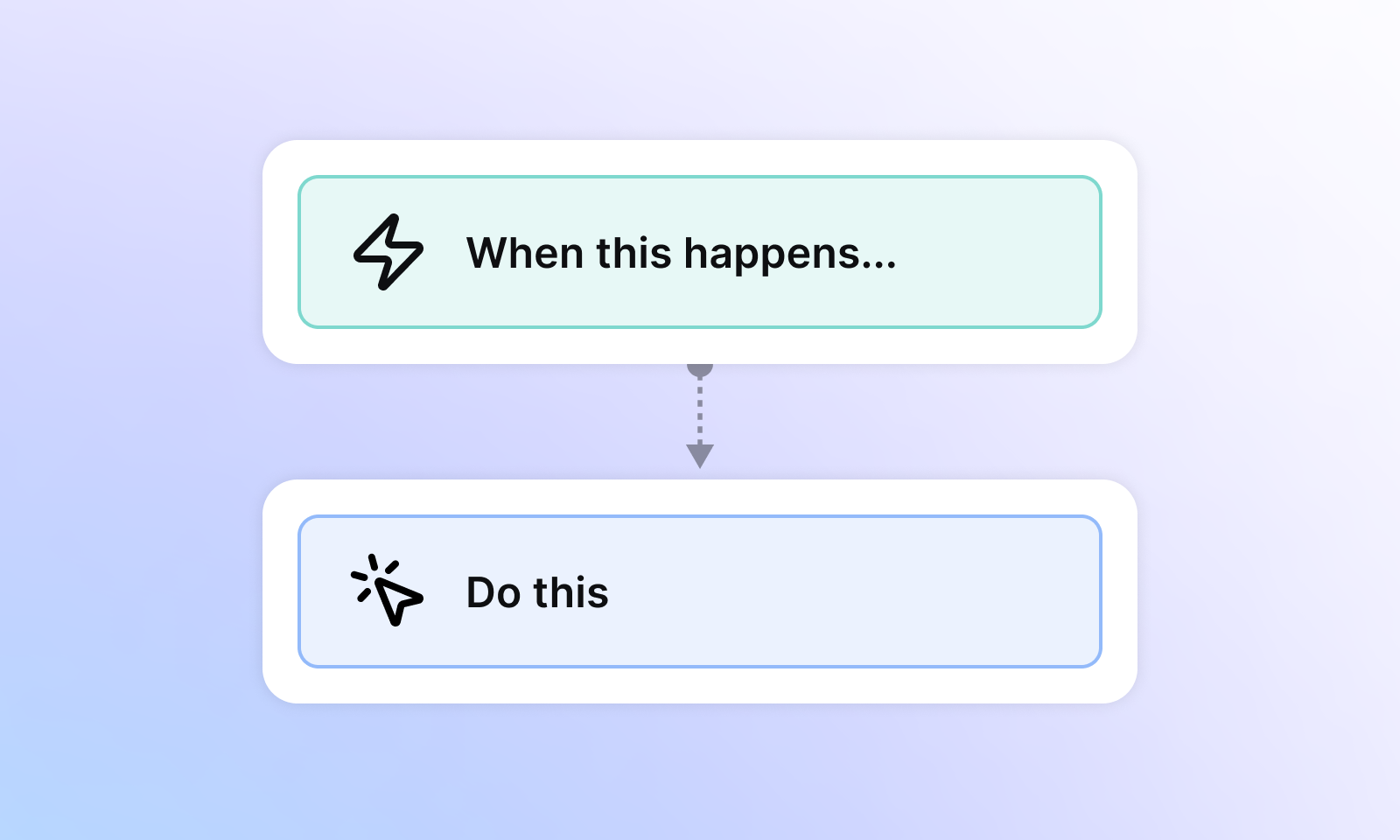
Integrate SMSTools with 2800+ apps and services
Supercharge your SMSTools support workflows with Ayudo's AI-powered agents. Connect seamlessly with Zendesk, Slack, and Salesforce to resolve tickets faster, automate customer conversations, and deliver instant responses through AI-enhanced support operations.















